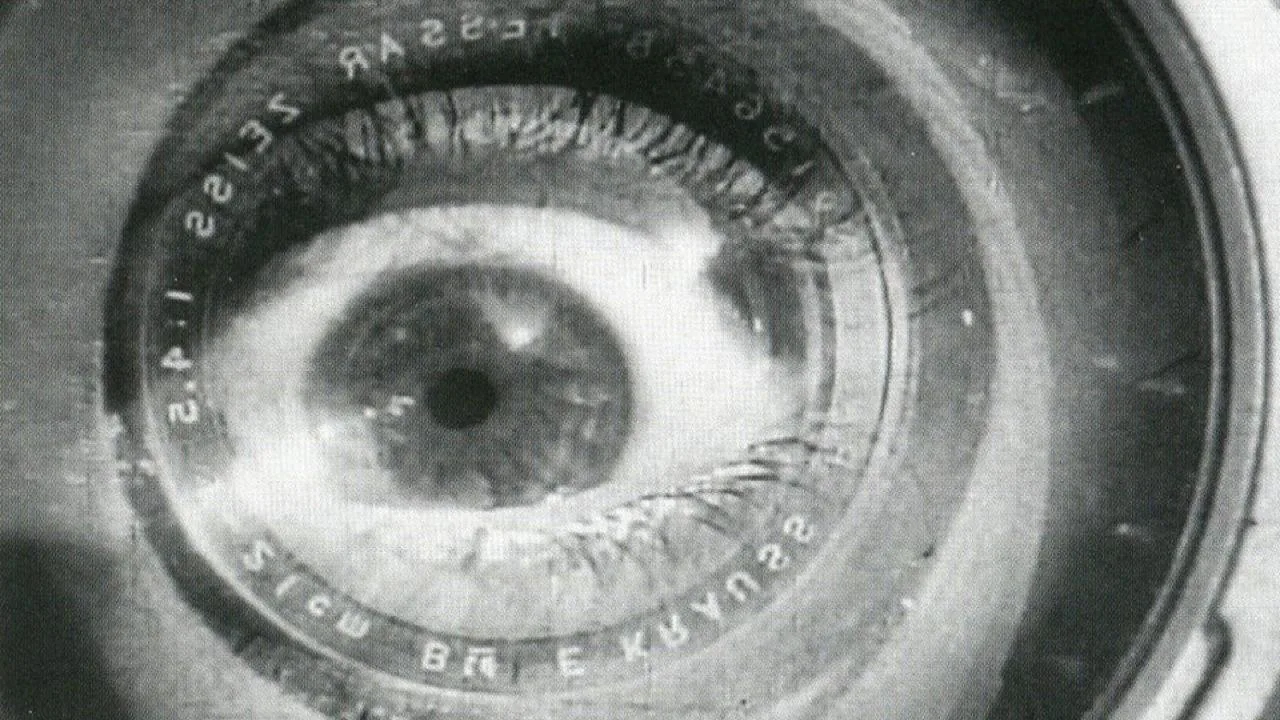Dziga Vertov’s Cinematic Ode: ‘A Man with a Camera’ Revolutionizes Documentary Filmmaking
“A Man with a Camera” (1929), directed by the pioneering Dziga Vertov, stands as a cornerstone of avant-garde cinema, pushing the boundaries of documentary filmmaking to unprecedented heights. This silent masterpiece serves as a testament to Vertov’s innovative spirit and his unwavering belief in the potential of cinema as a powerful medium of truth and artistic expression. Through a series of dynamic visual montages, Vertov crafts a symphony of urban life, capturing the pulse and rhythm of the bustling cityscape. His use of experimental techniques, including rapid editing, superimpositions, and inventive camera angles, creates a sensory experience that transcends conventional narrative structures.
A Visual Symphony of Urban Life, Pushing Cinematic Boundaries to New Heights
The film’s title aptly encapsulates Vertov’s ethos; he wields the camera not as a passive observer, but as an active participant in the visual discourse. The result is a striking fusion of reality and artistic interpretation, where everyday scenes are imbued with a sense of poetic lyricism. Vertov’s wife and collaborator, Elizaveta Svilova, plays a pivotal role as the film’s editor, skillfully juxtaposing images to evoke a visceral response from the viewer. “A Man with a Camera” is a groundbreaking testament to the potential of cinema as a form of visual poetry, a bold declaration of Vertov’s cinematic philosophy, and a timeless exploration of the symbiotic relationship between technology and human expression.

